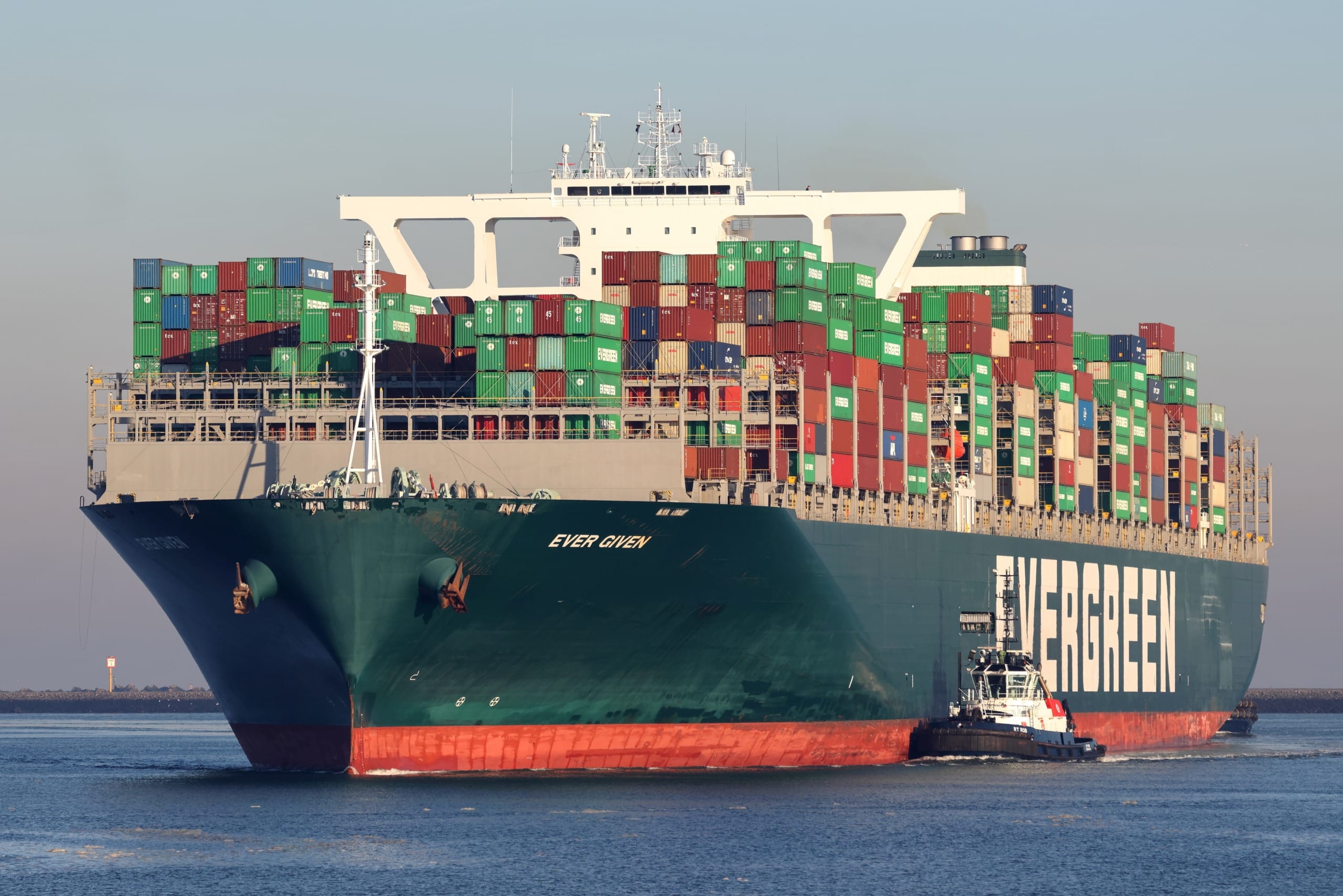Best practices in low-cost country sourcing
By William Atkinson — Purchasing
Everyone in the supply chain seems to have a “China story” these days. Either they found dramatic savings and saved their company a boatload of cash, or they got burned by a fly-by-night supplier and vow never to source overseas again. But, as in most things, when it comes to sourcing in China, success is as much dependent on the preparation as the execution.
One bit of good news is that, if you have experience with any type of sourcing overseas in general, it should give you a leg up when sourcing in China specifically, according to James Ullum, managing partner with Louisville, Ky.-based Source International, a global manufacturing outsourcing company. “I was at a conference recently on sourcing in Latin America, and it was striking to me just how much similarity there was to sourcing in China,” he says. “I think, in general, the tips for buying offshore are almost universal.”
1. Set a clear China strategy
Gordon Smouther, senior industry advisor with the Center for Supply Chain Management at Rutgers University in Newark, N.J. says most companies are sourcing in China and similar countries for two reasons. “One is the long-term goal of establishing a market presence in the country in order to serve the economy,” he states. “The other is a more short-term goal to take advantage of some of the low-cost capabilities and labor in the area.”
2. Consider going direct
In the past, a lot of companies that were sourcing in China were going through brokers, because they didn’t know the players in China, and they didn’t have the ability to manage quality, according to Bob Sullivan, a director with Southfield, Mich.-based AlixPartners, a consulting and financial advisory firm. “One of the big pushes these days is to go direct,” he states. One reason is that some brokers were charging a 10–12% fee, which dramatically reduced the savings potential of sourcing overseas. “We worked with one client to help them go direct and were able to take almost 30% out of the cost structure,” he states.
A second reason for going direct is control. “When you’re dealing with highly engineered products, you don’t know what the broker looks at in the factories,” he notes. “You need to have your own eyes on the process.”
3. Improve supplier evaluation
The most critical step is to select the right partner, according to Source International’s Ullum, who adds that buyers “need to check references, verify that the suppliers have adequate capital, quality systems, and capacity, and that they buy from reliable sources.” Then find out what the priorities are for the supplier’s factory. For example, some are focused more on quality, some on price, and some on fast production.
4. Build relationships
Ullum points out that building and maintaining a strong relationship with the supplier may be more important in China than anywhere else because business is based more on relationships there than it is in some other countries, especially the U.S.
Jan Palmen, new-product development commodity manager for Ingersoll-Rand Security & Safety in Colorado Springs, Colo., agrees. “While it is not unique to sourcing in China, you first have to establish relationships,” Palmen says. “For example, as a commodity manager, I can call almost any supplier in the U.S., introduce myself, and then ask if they would be willing to put together a quotation. This tends to be a straight business transaction.”
In China, he says, it is necessary to establish a relationship first, and this is usually done through an intermediary, such as a U.S. representative of the Chinese company.
5. Convey clear expectations
According to Palmen, buyers need to be very clear about what they want from Chinese suppliers due to things like language barriers and metric conversions. “It is particularly important to have robust and thorough documentation,” he emphasizes.
Ullum agrees. “Be sure to clearly define your expectations and specifications,” he states. Some companies in China, he says, don’t understand the requirements of the U.S. market, such as the importance of things like cosmetic appearance. “A lot of U.S. companies aren’t used to having to do this, because they have either made things in their own factories or have purchased them from other U.S. suppliers that understand the market better,” he says.
In addition, it is important to put requirements in writing. The more you assume, the more problems you will have. Conversely, the more reference points you can provide, the more likely the factory will deliver what you expect. Source International does this in three ways: a written bill of materials and quality specs, physical samples, and mechanical drawings.
“You also need to create and explain performance requirements,” continues Ullum. “This includes information on what the product is supposed to do and what the testing protocol is.” In sum, consider: What will your customer do with the product once they receive it? And does this product meet those requirements?
And an equally important step: Get the supplier’s agreement. “I have never seen anything more powerful than—as simple as it may seem—having a reliable person in the factory actually sign the specifications,” points out Ullum. This may require a bilingual document, because there may be some misinterpretations in an English document.
6. Address intellectual property issues
It is important to ensure protection of intellectual property when sourcing in China, especially in terms of design and tooling. While legal documentation and contracts can help, AlixParters’ Sullivan believes it is actually more important to have commercial leverage.
“Getting a contract enforced in China, even with good legal representation, is a challenge,” he cautions. Commercial leverage means having other business there, such that if the company compromises your intellectual property, they risk losing a lot of other business.
7. Create technology teams
When moving technologically driven business into China, it is very important to have teams focused on the process on both sides of the ocean, according to Sullivan. This requires a great deal of coordination. “You need your technical guys in the U.S. working with the technical guys at the factory,” he says. “They often don’t speak the same language. However, my experience with engineers is that, once you get them working together, even if they don’t speak the same language, they figure out how to work together on their own after a while.”
8. “Trust, but verify”
You may be surprised to know the words of Ronald Reagan apply to global sourcing, but they do. “You want a good partner and a trusting relationship, but you need to check on things,” Ullum explains. A complete quality monitoring program, either conducted by a third party or your own company’s personnel, is essential to ensuring that the product shipped meets all of the specifications and performance criteria that are agreed to. “Even one bad shipment can do serious damage to the procurement department’s credibility and wipe out projected savings quickly,” he cautions.
Sullivan agrees. “You need a local presence, where you can get to the factories on a regular basis,” he states. Relationships matter, but it’s more than just that. It gets back to control. You need to qualify the actual pieces of equipment and tools that your products are running on. “If you don’t have your own eyes on these, then you really don’t know what’s happening,” he notes. “A Chinese company can promise that your products will run on certain equipment, but you may find out that things have changed once you actually go there and look.”
9. Be open to R&D projects
According to Sam Datta, regional director, sourcing and procurement practice lead, southeast region, for Chicago-based Grant Thornton, a lot of companies want to involve suppliers more closely in R&D, but have been nervous about doing so with Chinese suppliers.
“It is possible to do this in China, but you have to be careful and work very closely with those suppliers,” he says. The biggest challenge is finding qualified suppliers to handle the needs of U.S.-based firms. “You need to look at their processes, technologies, innovation, and other capabilities,” he suggests.
Once you select suppliers, you have to treat them as though they are next door to you, and you have to have your own people over there to make sure they are doing what you need. Working closely also helps to resolve the potential problems related to intellectual property (patented information) and concerns that they will do reverse engineering, according to Datta.
10. There’s more to global sourcing than China
Finally, don’t just automatically assume that China is the best place to source everything. The global supply and business landscape is constantly changing and it is important to keep up with these changes as you are making current and future sourcing decisions.
Certainly, China is an excellent place to look first. “Even though there are other countries getting involved, China still has the overwhelming majority of low-cost country sourcing business,” says Sullivan.
Smouther suspects China could be getting to a tipping point, where labor costs are increasing, so the low-cost labor advantage is beginning to erode a bit. “Other countries, such as Vietnam, are gaining popularity for low-cost labor,” he notes.
Sullivan adds that the Chinese government is also revising the tax structure, reducing value-added tax rebates on a commodity-by-commodity basis. The strategy is designed to try to push very low value-added business out of China and focus on the higher value-added business. Sullivan also echoes one of Smouther’s comments. “There are a lot of other rising stars, particularly Vietnam, where labor rates are about half of what they are in coastal China,” he states.
In addition to Asian markets, Sullivan adds that now “we are finding that Mexico’s star is rising again, and some business that went to China is now coming back to Mexico.” In addition, new business that would have once automatically gone to China is now giving Mexico a hard look, not only because it is becoming more competitive, but because of logistics costs and the inventory impact.



Follow Us